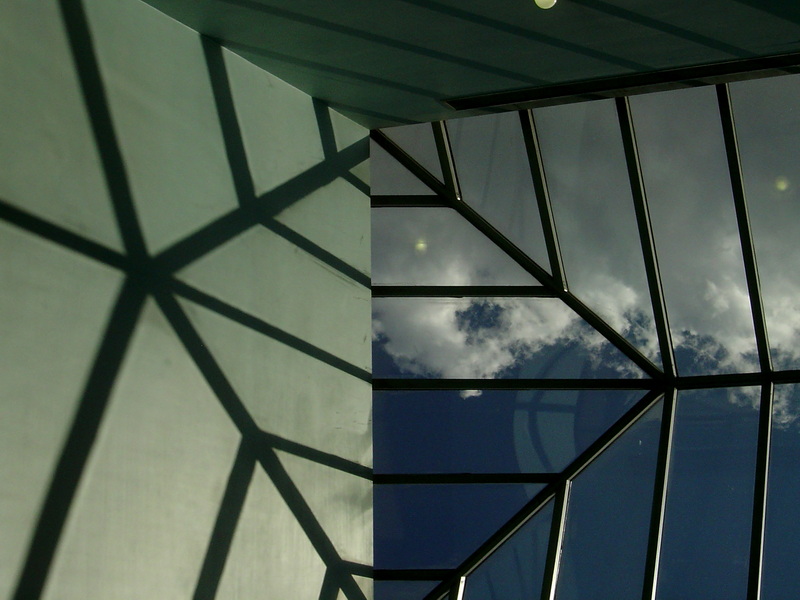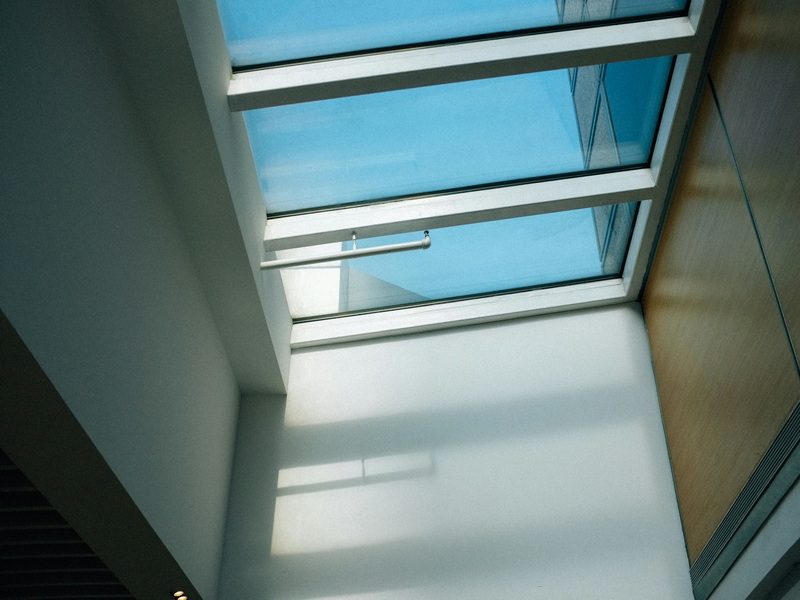English 




Views: 222 Author: Astin Publish Time: 2025-02-06 Origin: Site



Content Menu
● Understanding Aluminum Clad Windows
● Benefits of Painting Aluminum Clad Windows
● Preparation: The Key to Success
● Priming: The Foundation for a Perfect Finish
● Painting Techniques for Aluminum Clad Windows
● Finishing Touches and Clean-Up
● FAQ
>> 1. How long does painted aluminum cladding last?
>> 2. Can I change the color of my aluminum window frames?
>> 3. Is it necessary to remove the old paint before repainting aluminum clad windows?
>> 4. What type of paint is best for aluminum clad windows?
>> 5. How often should I repaint my aluminum clad windows?
Aluminum clad windows are a popular choice for homeowners due to their durability and low maintenance requirements. However, over time, the exterior finish may fade or become outdated, prompting the need for a fresh coat of paint. This comprehensive guide will walk you through the process of painting aluminum clad windows, helping you revitalize your home's appearance and protect your investment.

Before diving into the painting process, it's essential to understand what aluminum clad windows are. These windows feature a wood interior with an aluminum exterior, combining the aesthetic appeal of wood with the durability of metal. The aluminum cladding protects the wood from the elements, reducing maintenance needs and extending the window's lifespan.
Painting your aluminum clad windows offers several advantages:
1. Cost-effective renovation: Painting is significantly cheaper than replacing windows.
2. Customization: You can choose any color to match your home's exterior.
3. Protection: A fresh coat of paint provides additional protection against weathering.
4. Increased curb appeal: Well-maintained windows enhance your home's overall appearance.
The first step in painting aluminum clad windows is thorough cleaning. This ensures proper paint adhesion and a smooth finish.
1. Remove any loose dirt or debris with a soft-bristled brush or vacuum cleaner attachment.
2. Wash the windows with warm, soapy water and a sponge to remove grease and grime[2].
3. Rinse thoroughly with clean water and allow to dry completely for at least 24 hours[2].
After cleaning, carefully inspect each window frame for signs of rust, corrosion, or other damage. Address any issues before proceeding with painting.
Lightly sand the aluminum surface with fine-grit sandpaper (120-grit) to create a slightly rough texture that will help the primer and paint adhere better[2][6]. Be sure to wipe away any dust with a clean, dry cloth after sanding.
Proper masking is crucial to achieve clean, professional-looking results:
1. Use high-quality painter's tape to protect the glass and any areas you don't want to paint.
2. Apply masking paper or plastic sheeting to cover larger areas around the windows[1][5].
3. Ensure there's no overlap on the frame to avoid leaving unpainted lines[7].

Priming is a critical step in painting aluminum clad windows. It provides better adhesion for the paint and helps prevent peeling and chipping.
Select a primer specifically designed for use on metal surfaces, particularly aluminum. Look for products labeled as "bonding primer" or "etching primer" for optimal results[2][6].
1. Stir the primer thoroughly before use.
2. Apply a thin, even coat of primer using a brush, roller, or spray can, depending on your preference and the window's size[3].
3. Allow the primer to dry completely according to the manufacturer's instructions, typically 24 hours[2].
With proper preparation and priming complete, you're ready to apply the paint. Choose a high-quality exterior paint suitable for metal surfaces.
1. Use high-quality synthetic bristle brushes for the best results.
2. Apply thin coats of paint in long, smooth strokes.
3. Work from top to bottom or left to right, maintaining a wet edge to avoid visible brush marks[2].
If you're comfortable using a spray gun or aerosol paint:
1. Hold the spray can 6-8 inches away from the surface.
2. Apply paint in even, back-and-forth motions for consistent coverage[2][5].
3. Be cautious of overspray, which can lead to drips and uneven application.
For the best finish and durability:
1. Apply at least two coats of paint, allowing each coat to dry completely between applications[2].
2. Lightly sand between coats if needed for a smoother finish.
After the final coat of paint has dried:
1. Carefully remove all masking tape and protective coverings.
2. Use a razor blade to clean up any paint that may have bled through the tape[5].
3. Touch up any missed spots or imperfections.
To keep your newly painted aluminum clad windows looking their best:
1. Clean the windows regularly with mild soap and water.
2. Inspect annually for any signs of wear or damage.
3. Touch up any chips or scratches promptly to prevent further deterioration.
Painting aluminum clad windows is a rewarding DIY project that can significantly improve your home's appearance and protect your windows from the elements. By following this comprehensive guide, you can achieve professional-looking results that will last for years to come. Remember, the key to success lies in proper preparation, using the right materials, and applying paint with patience and care. With your newly painted windows, you'll enjoy a fresh look for your home and the satisfaction of a job well done.

Properly painted aluminum cladding can last 15-20 years with regular maintenance. The longevity depends on factors such as the quality of paint used, application technique, and exposure to weather conditions.
Yes, you can change the color of aluminum window frames. Follow the steps outlined in this guide, ensuring proper preparation and using high-quality primer and paint suitable for metal surfaces[8].
It's not always necessary to remove old paint if it's in good condition. However, you should sand the surface to create a slightly rough texture for better adhesion. If the old paint is peeling or chipping, it's best to remove it completely before repainting[9].
Use a high-quality exterior paint specifically formulated for metal surfaces. Look for paints labeled as suitable for aluminum or metal siding. Acrylic or latex-based paints are often recommended for their durability and ease of application[10].
The frequency of repainting depends on various factors, including climate, sun exposure, and the quality of the previous paint job. On average, you may need to repaint every 5-10 years. Regular inspections can help you determine when repainting is necessary to maintain protection and appearance.
[1] https://www.youtube.com/watch?v=aElC_IciQQM
[2] https://windowdigest.com/how-to-paint-aluminum-window-frames/
[3] https://www.thepaintshed.com/tips-advice/how-to-paint-aluminium-window-frames
[4] https://www.weekand.com/home-garden/article/repaint-aluminum-clad-windows-18011211.php
[5] https://www.youtube.com/watch?v=KdanPL9bamg
[6] https://shunshelter.com/article/can-you-paint-aluminum-clad-windows
[7] https://www.reddit.com/r/AusRenovation/comments/14fzx9k/how_can_i_paint_these_existing_brown_aluminium/
[8] https://www.whyienjoy.com/how-to-paint-aluminum-clad-windows/
[9] https://imhoffpaintingcompany.com/can-metal-clad-windows-be-painted/
[10] https://www.finehomebuilding.com/2006/01/01/painting-metal-clad
